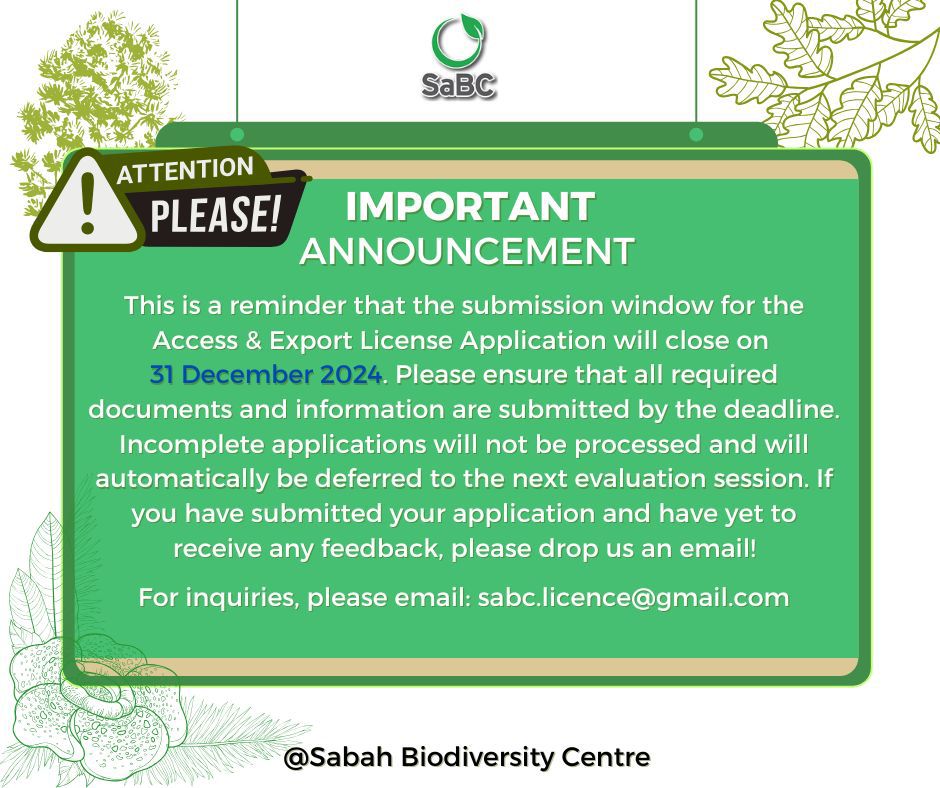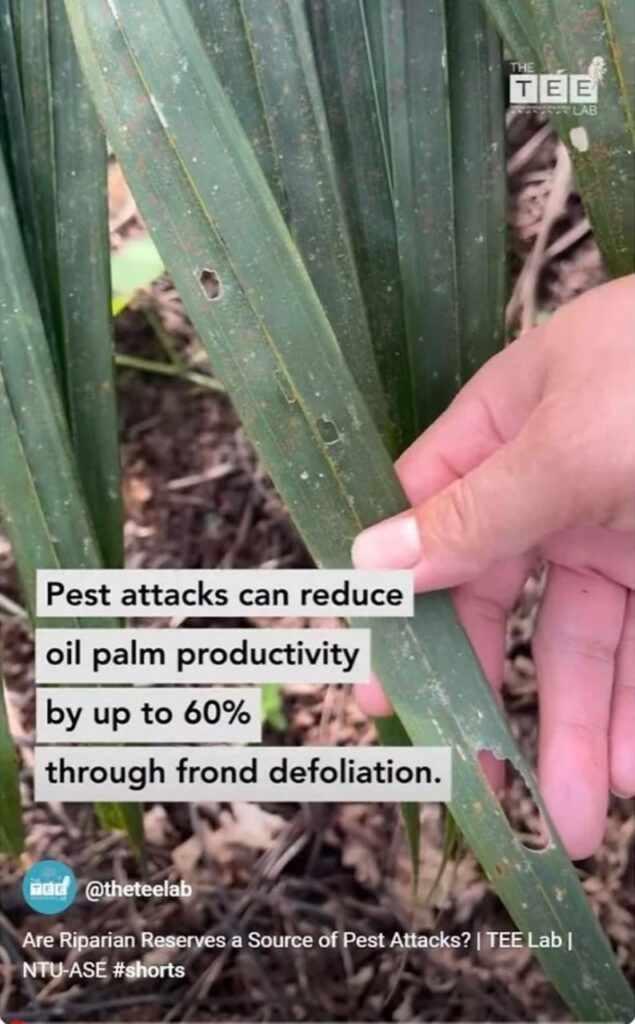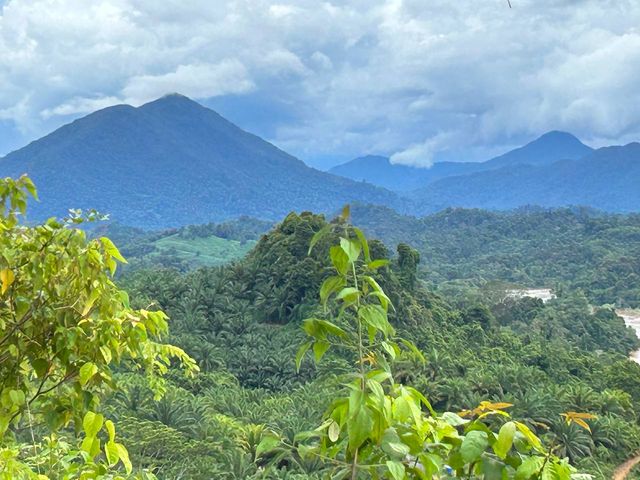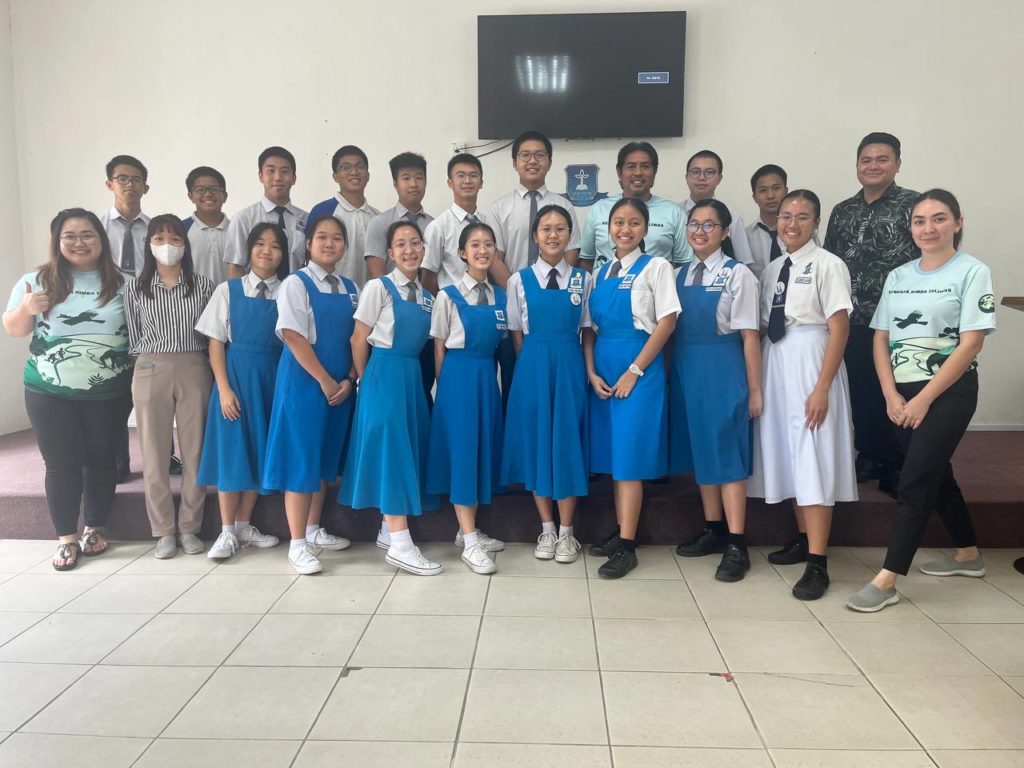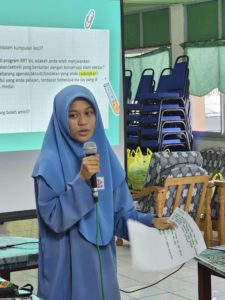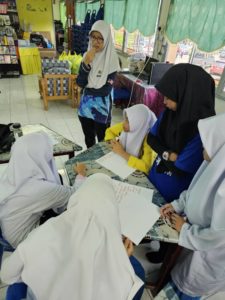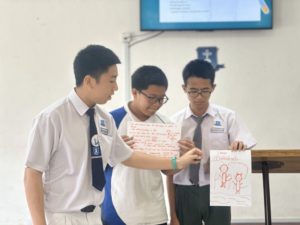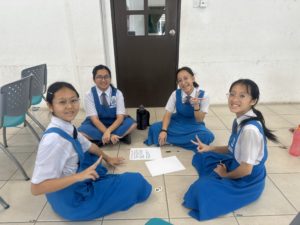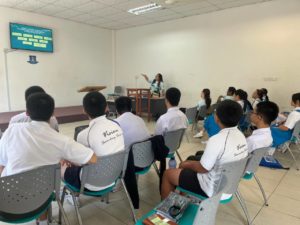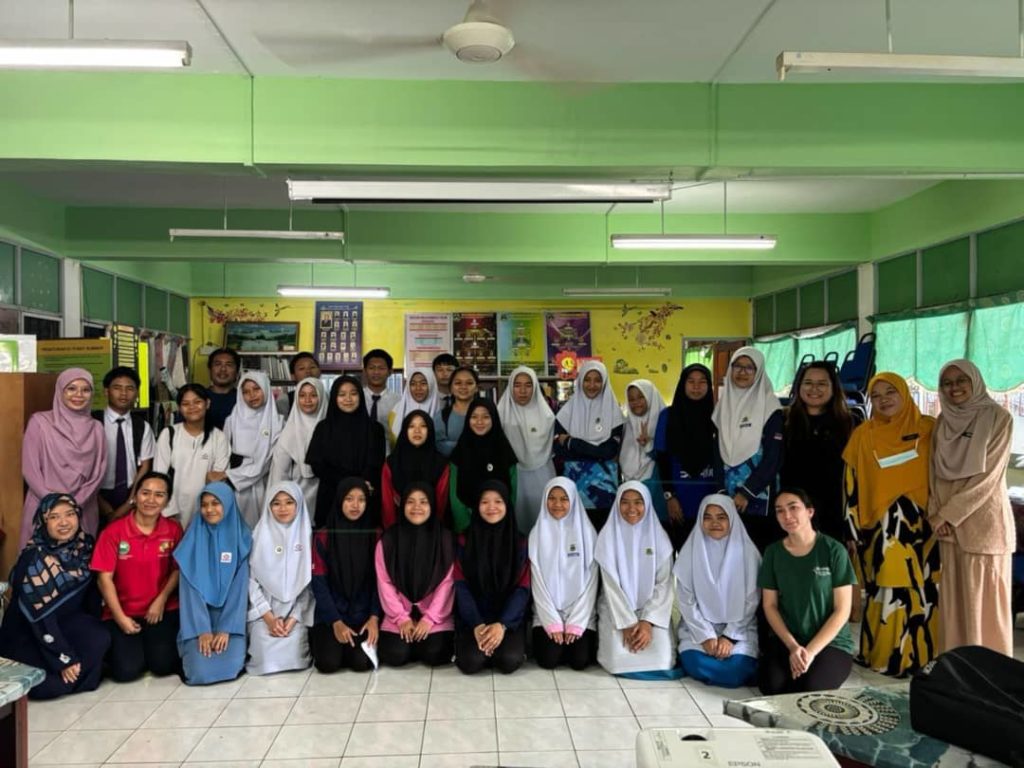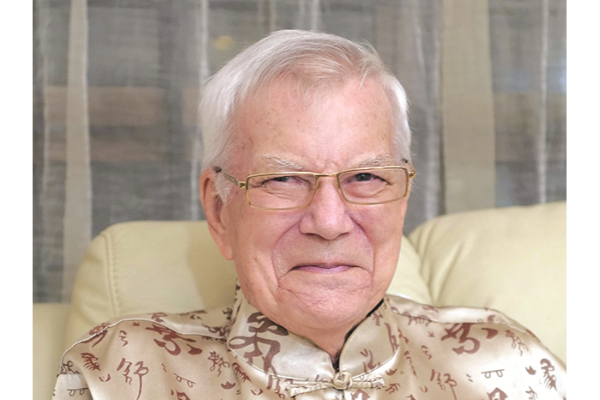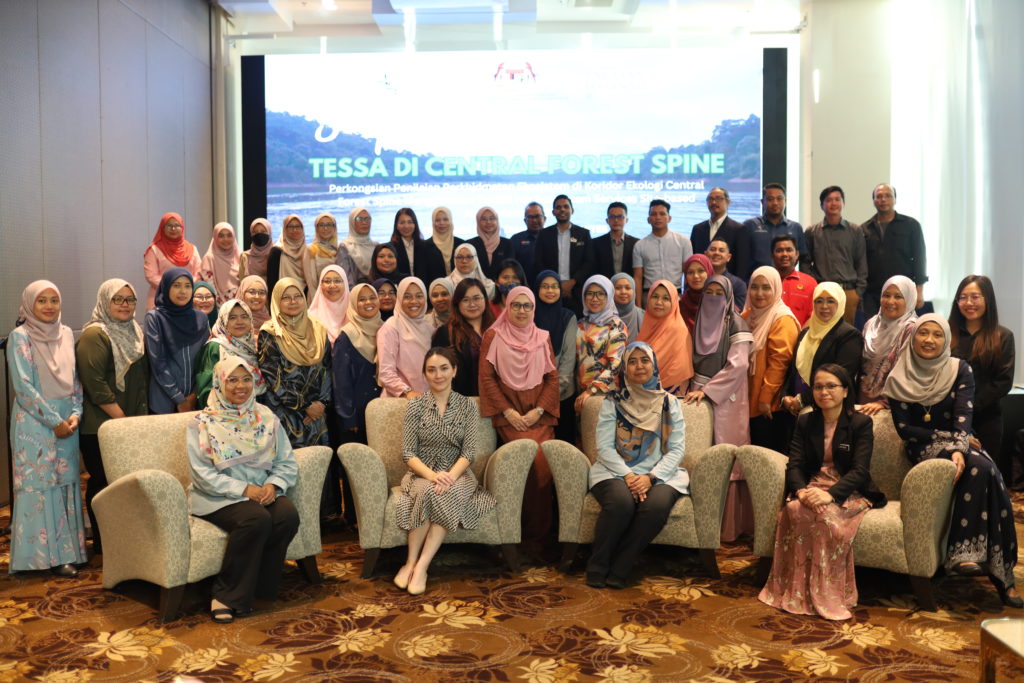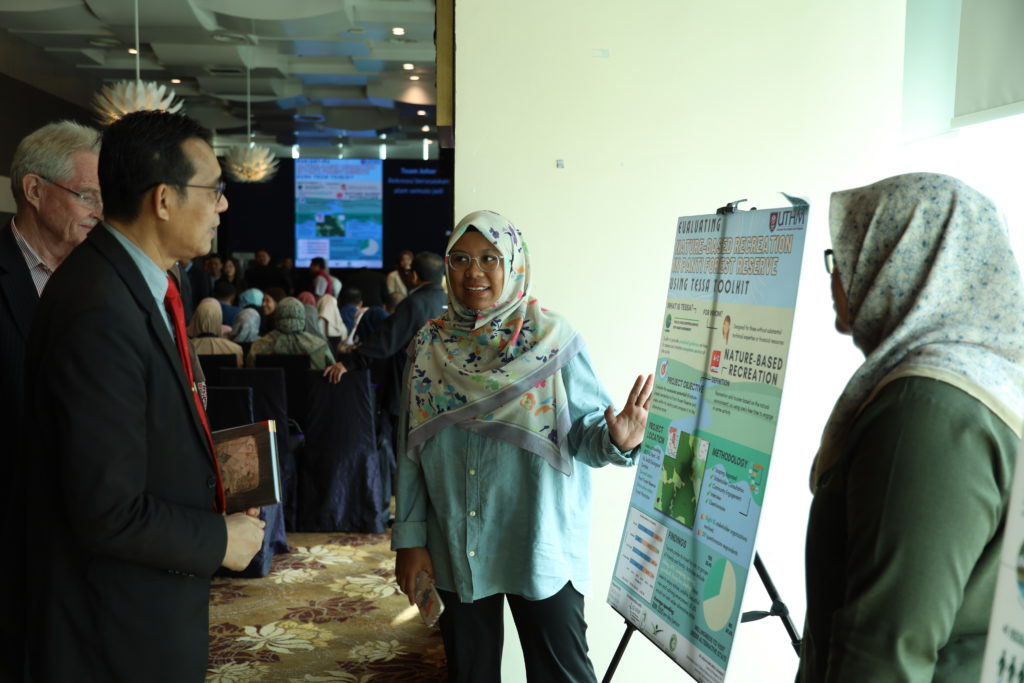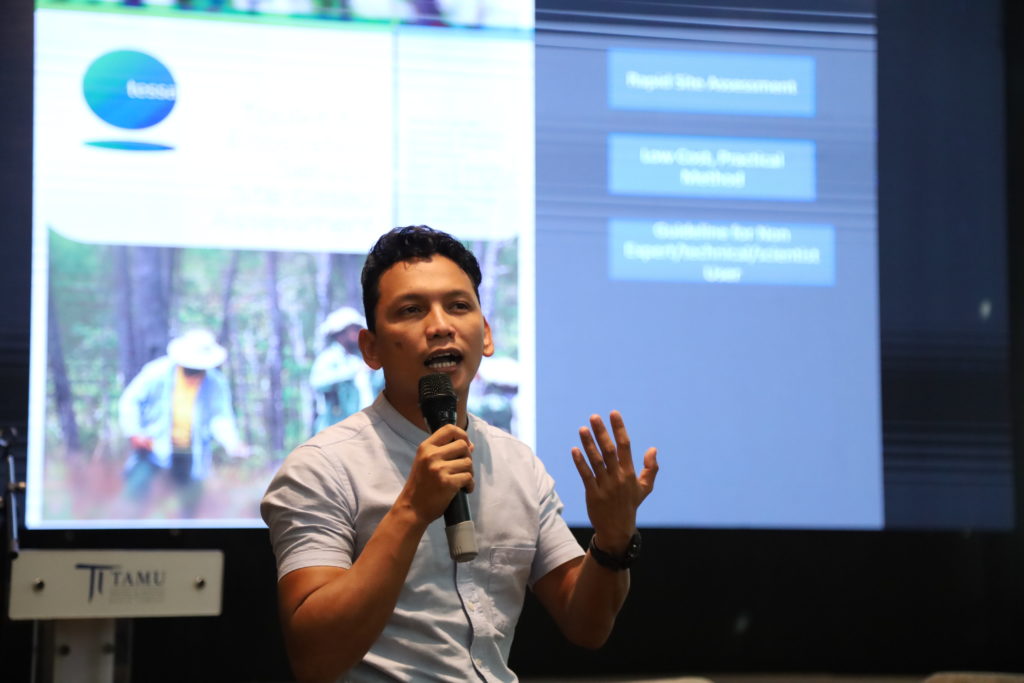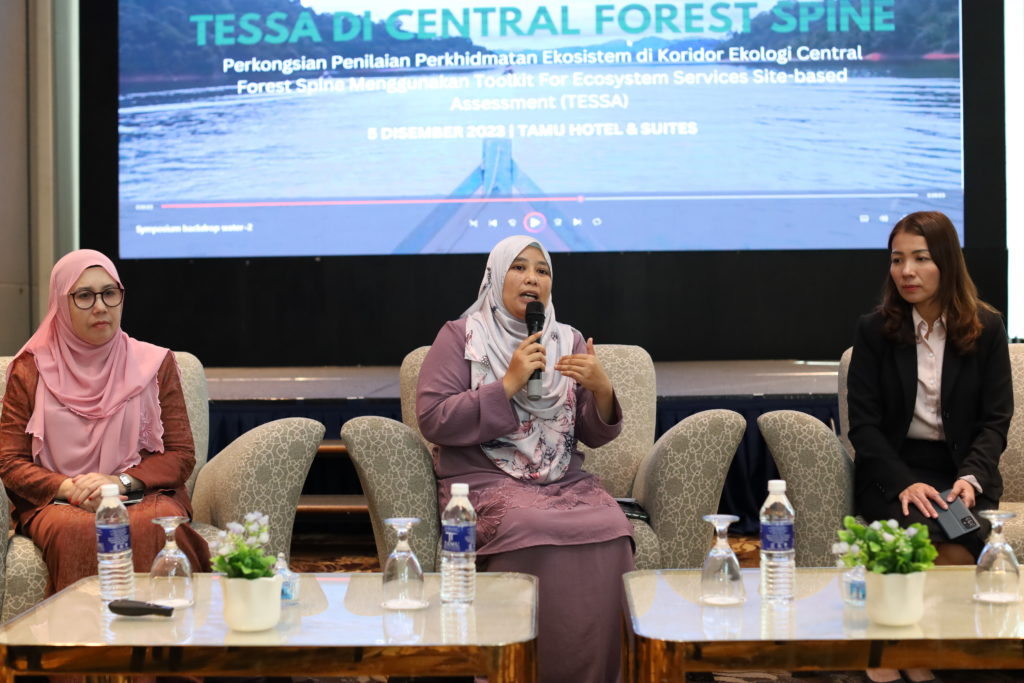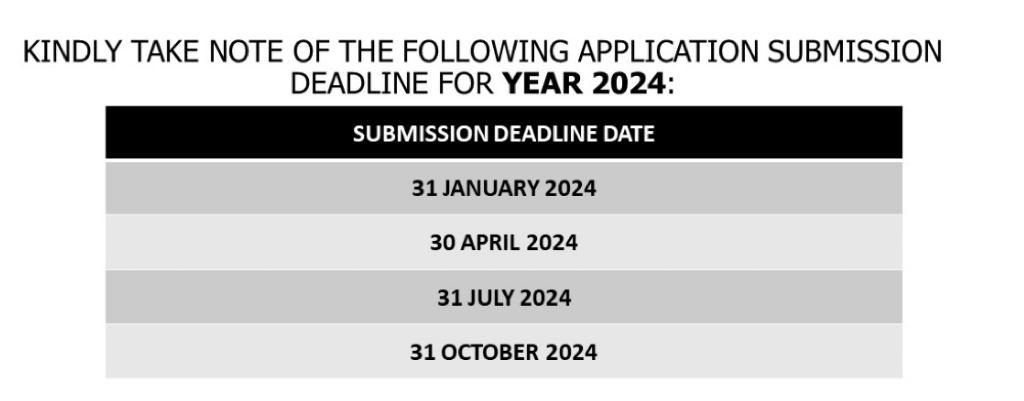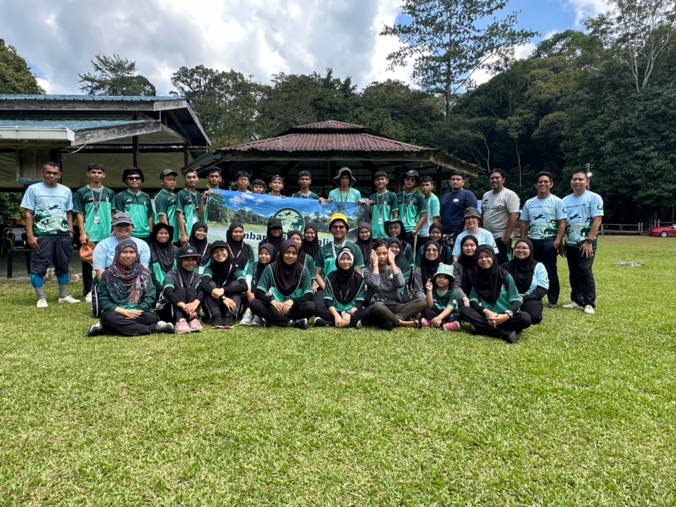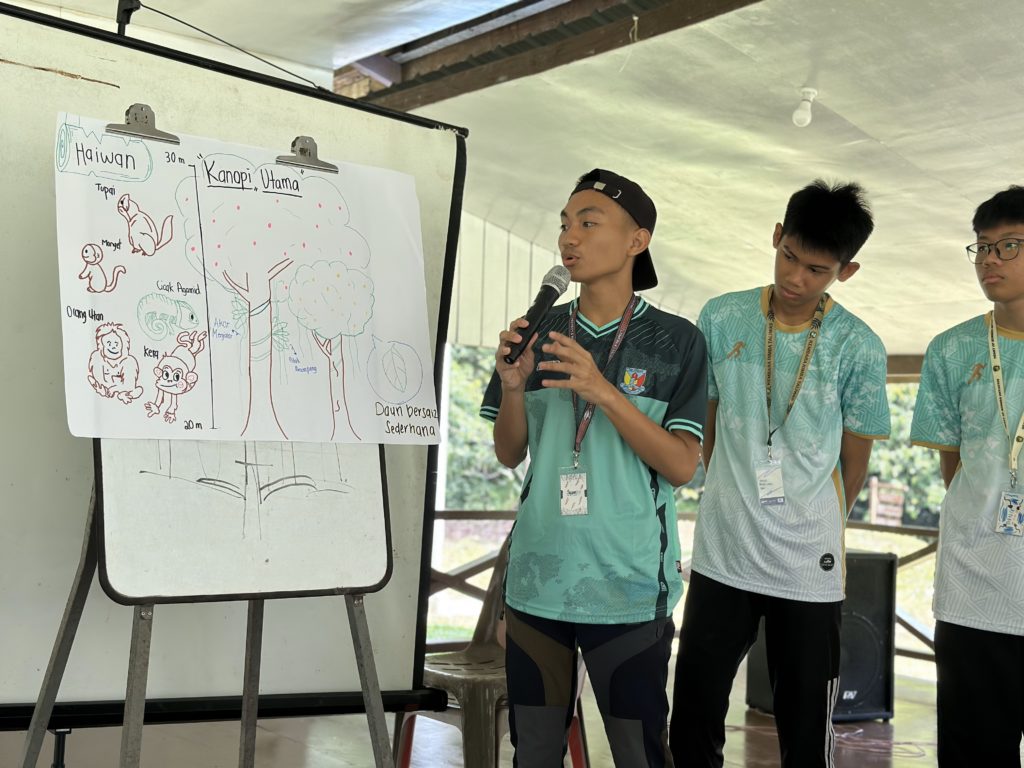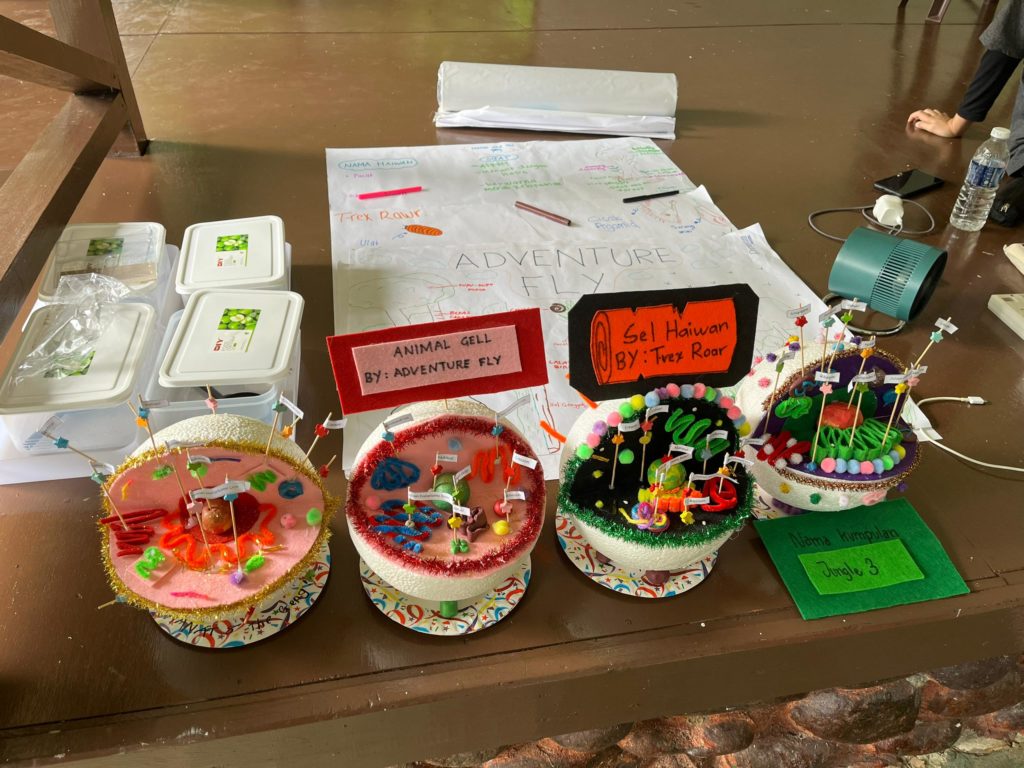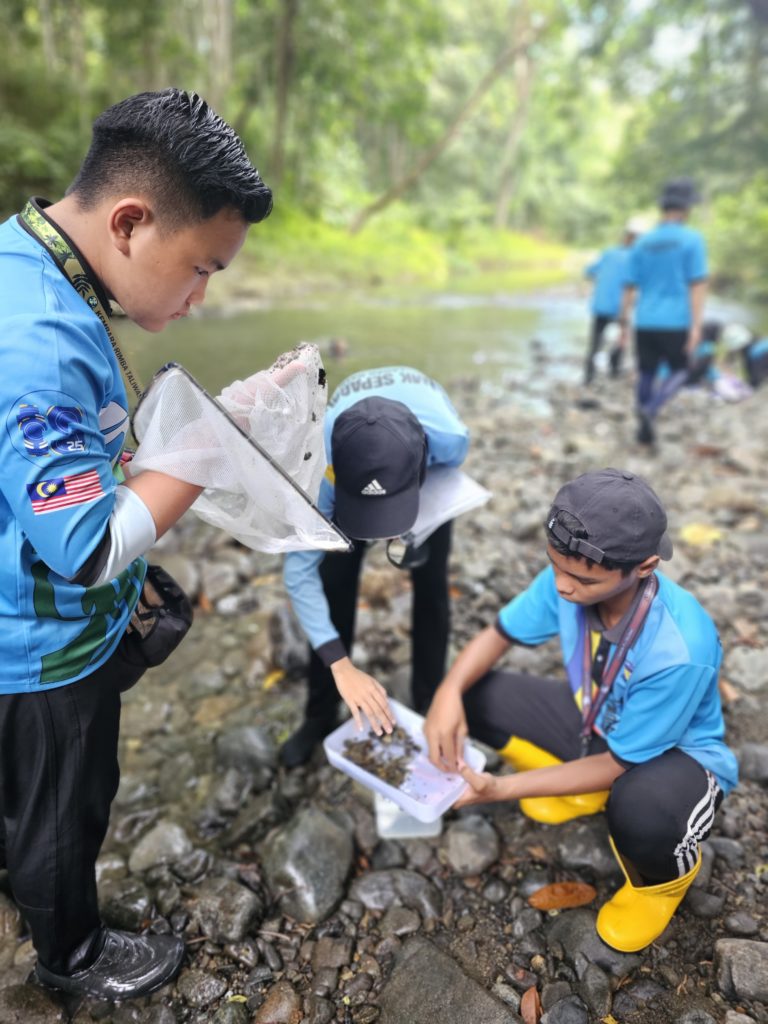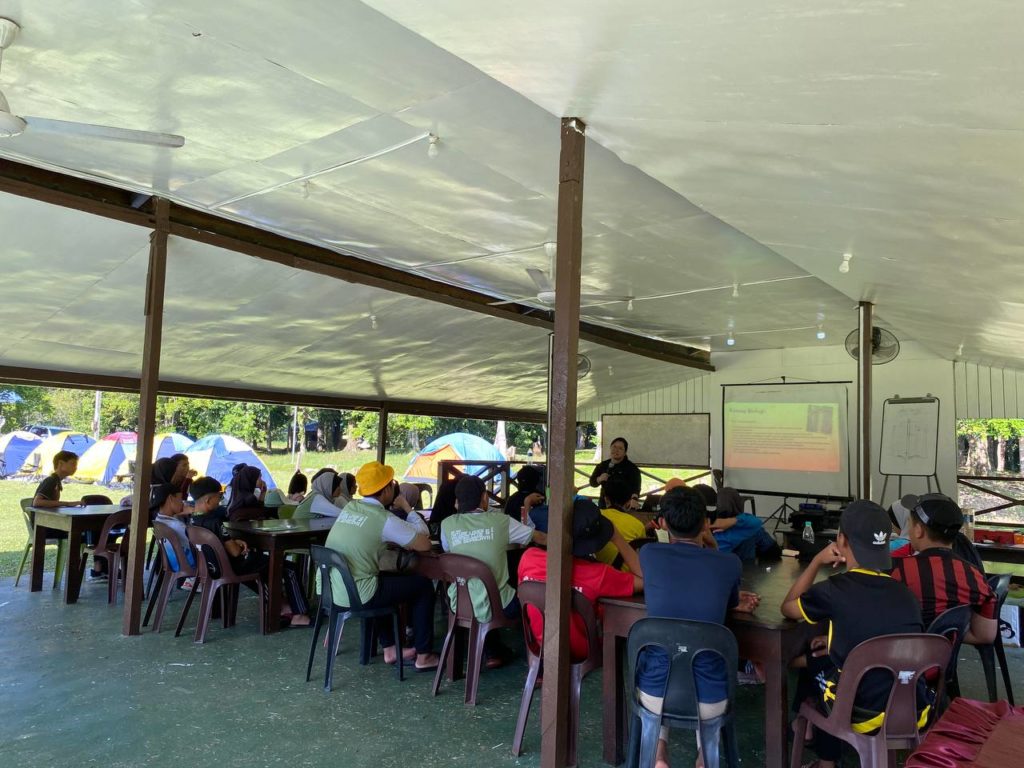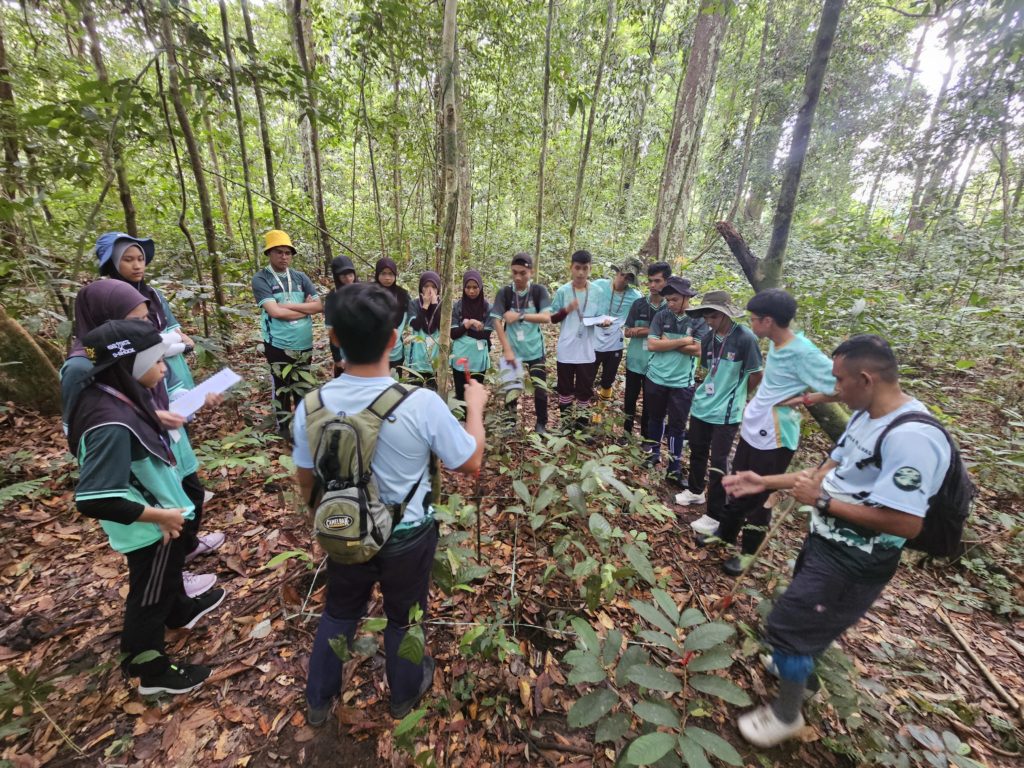Be sure to check out this excellent article in the Borneo Post that highlights the remarkable discovery of the world’s tallest fruiting tropical tree—Shorea faguetiana, or known locally as Seraya Kuning Siput —and the crucial role played by the South East Asia Rainforest Research Partnership in its identification and measurement. Found in Sabah’s Danum Valley and standing at 100.8 meters, the record-breaking tree, named “Menara (or Tower)” was located using advanced LiDAR and terrestrial laser scanning, and its height was manually confirmed by SEARRP’s expert climber Jamiluddin Jami. All known record-holders of this species are found exclusively in Sabah’s protected forests, including Danum Valley, Tawau Hills, and Maliau Basin.
These discoveries reflect the unique conditions of Borneo’s dipterocarp forests and offer valuable insights into the ecological and physiological factors driving such extreme tree growth. They also demonstrate the strength of long-term collaborations between SEARRP, the Sabah Forestry Department, and international research institutions. Beyond scientific achievement, this work supports broader conservation goals and sustainable forest management under the Sabah Forest Policy 2018, reinforcing Sabah’s position as a global leader in rainforest research and protection.
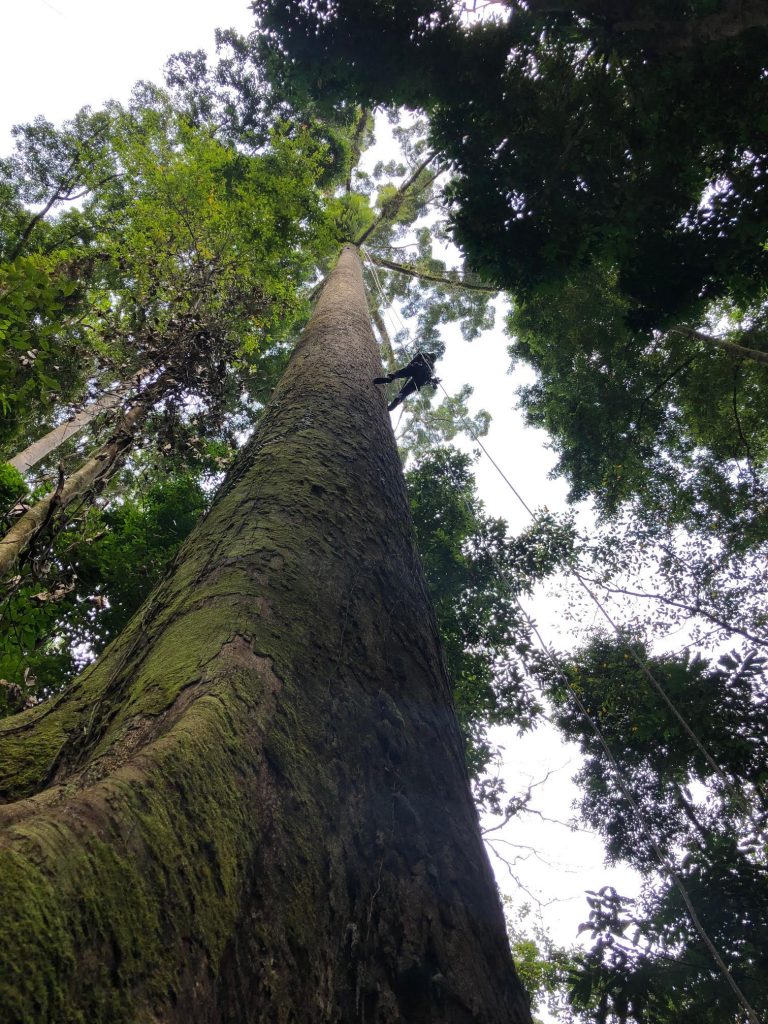
A climber on their way up to measure the tallest tree ever found in the tropics! Photo by Unding Jami
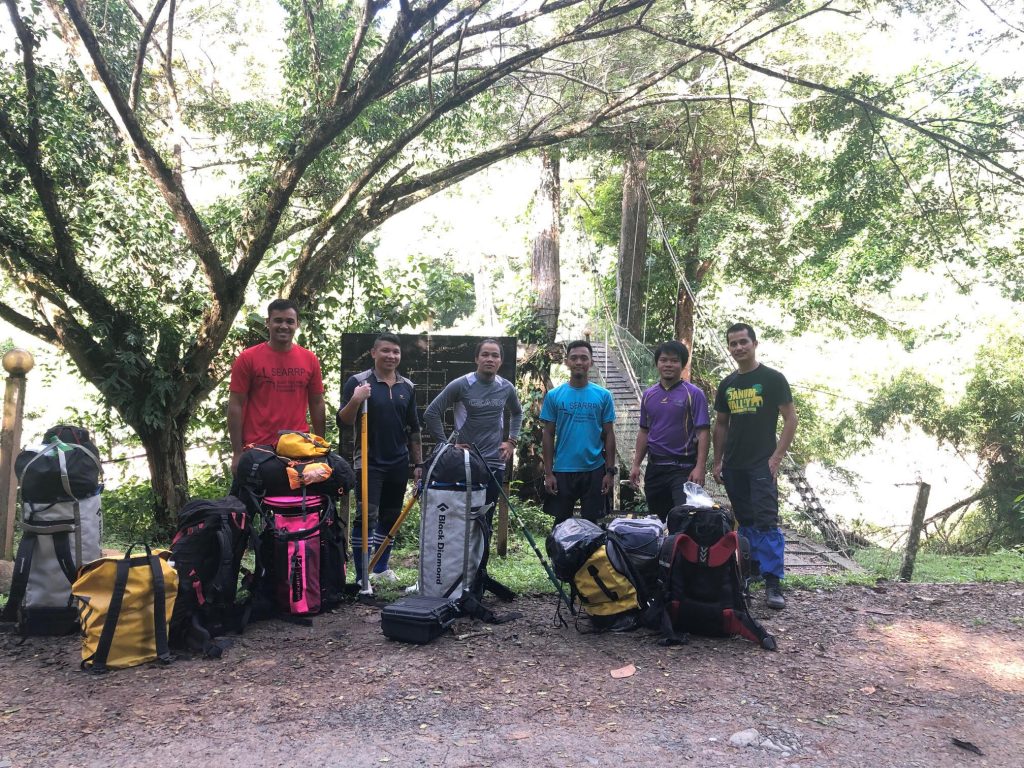
Unding and the SEARRP tree climbing team
Photo by Unding Jami

Climbers measuring the tallest fruiting tree in the world. Photo credit: Unding Jami
